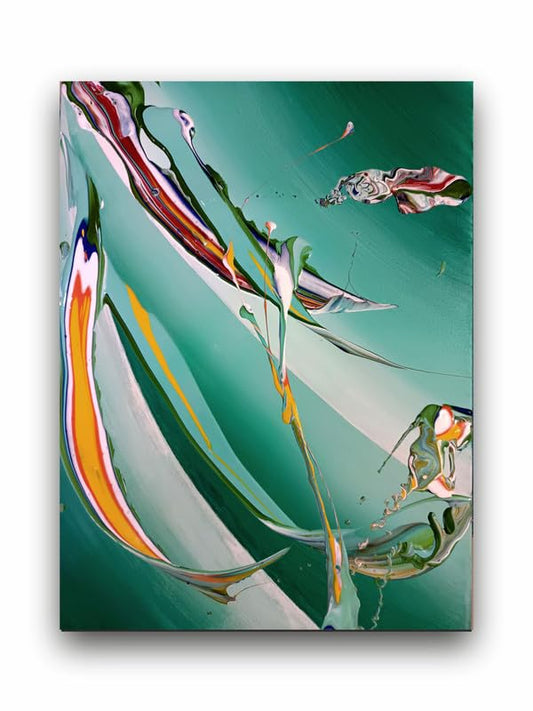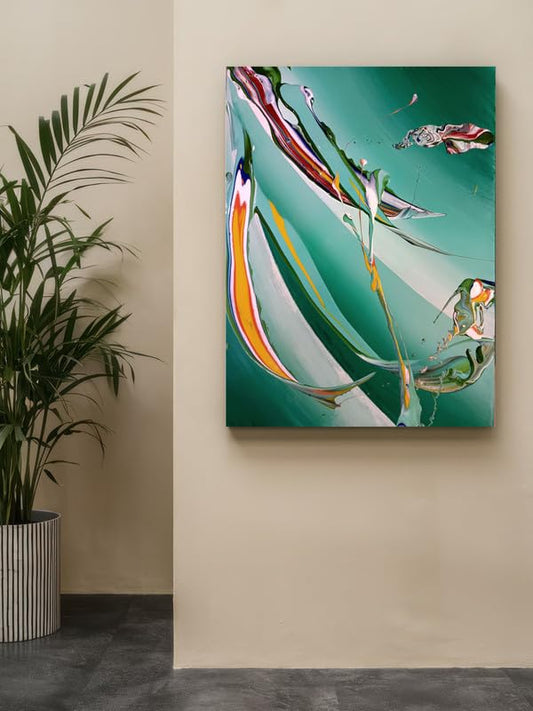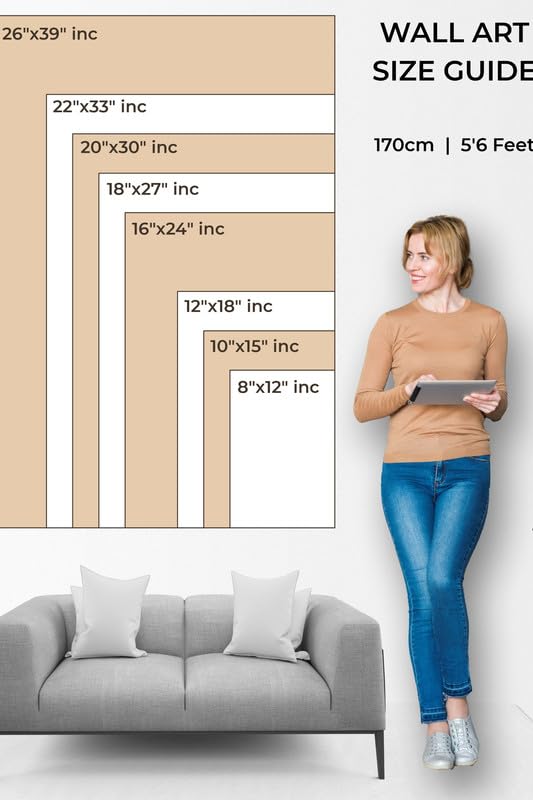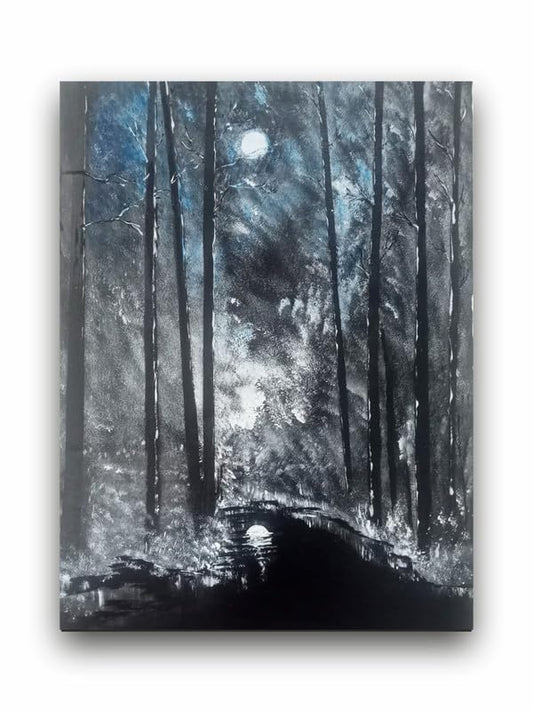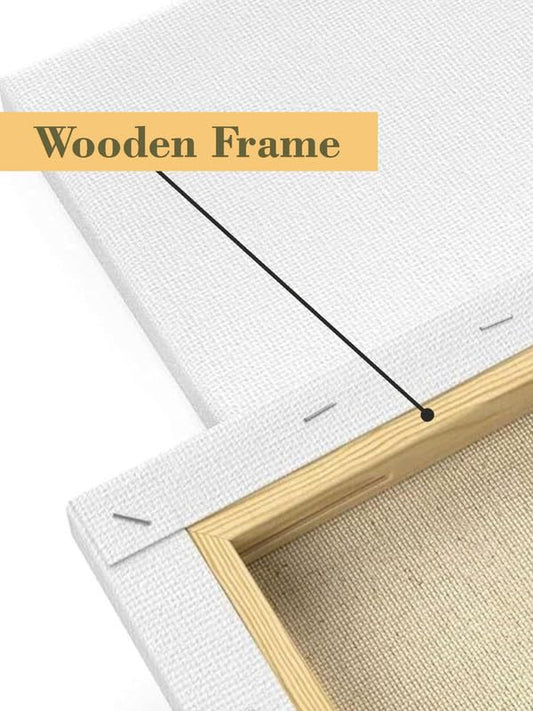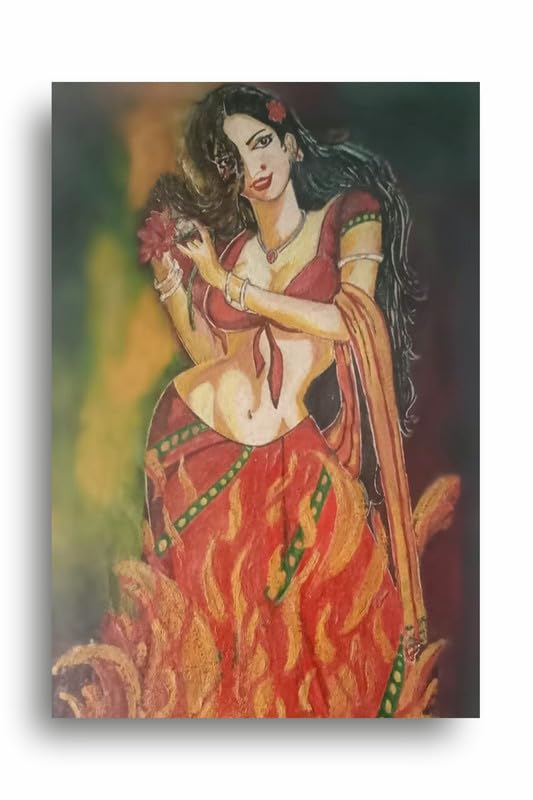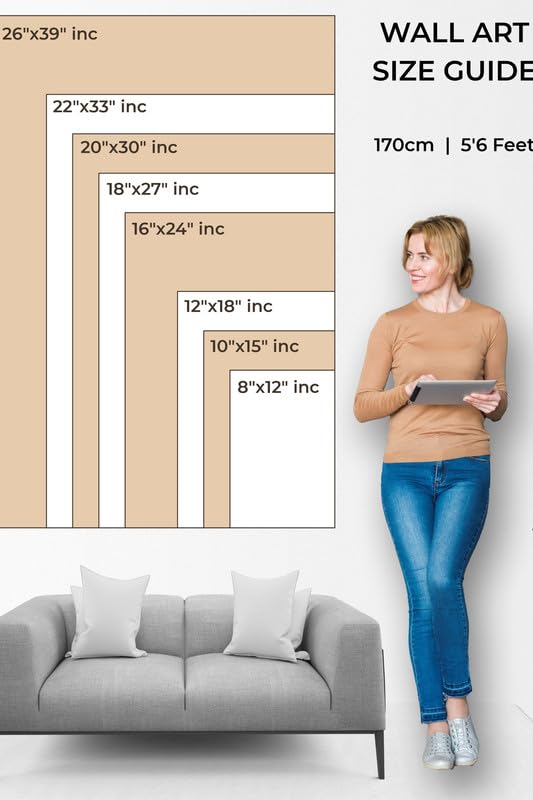
How to Create an Abstract Art Portfolio That Attracts Galleries
How to Create an Abstract Art Portfolio That Attracts Galleries
One of the most important steps toward a thriving art career is building an abstract art portfolio that will attract galleries. New, innovative, and fresh work is always what galleries are looking for; a well-curated portfolio lets the owner of a gallery, or its curator know that you're not part of the group of artists running around in circles. Here's how you can create a compelling abstract art portfolio that captures gallery owners' and curators' attention.
1. Define Your Artistic Voice
The first step in building a good portfolio is defining your voice. Abstract art allows one to be quite creative, but when in galleries, people get captivated by those artists who present a particular style that makes it more coherent to look at as a whole body of work. Defining your voice will make consistency, which implies professionalism, and will make it easier for individuals to understand your work.
2. Curate a Cohesive Collection
Ensure you pick up works that will thematically or stylistically reinforce one another from your collection. The best portfolio will always look like an intentional body of work rather than a random assortment of artworks. Concentrate on one series or a range of works that demonstrate your journey as an abstract artist. Don't try to include all that you have ever made but refine and edit your collection to fit the vision of your work today.
3. High-Quality Images Inclusion: The quality of images in your portfolio plays a very important role. Galleries expect well-resolution shots with professional photographs that exhibit the texture, depth, and vibrancy of your abstract art. Proper lighting and a clean, neutral background will highlight your work. If you can afford it, hire professional photography services, or use a high-quality camera and ensure they are sharp, detailed and not different from the real thing.
Titles and Descriptions with Context
Abstract works can be interpreted, but your galleries will appreciate and use thoughtful titles and descriptions to create additional context. At least briefly explain the inspiration behind each piece, your creative process, or the emotions you hope to convey. It adds a whole other layer of interest to your portfolio and can give your galleries a better understanding of your artistic intent.
5. Organize Your Portfolio Professionally
Presentation is everything. Arrange your portfolio so that galleries can easily navigate it to find what they want with very little hassle. Group similar works together, then seek out an online portfolio platform that provides clean, professional layouts. Prepare a PDF version in case galleries want a downloadable format. This is an easy place for galleries to find your contact information, biographical information, and your artist statement, all well-written by all accounts.
6. Tailor Your Portfolio to an Art Gallery
Determine which galleries you are going to apply to. Every gallery has a certain style and audience they cater for, so align the portfolio to the gallery's aesthetic and interests. For example, if a gallery majors on avant-garde abstract art, ensure that you display the pieces that will outline your most innovative ideas for the pieces of work. You are more likely to get noticed since you will fit the gallery's vision.
Conclusion
An artist must balance creativity, professionalism, and strategy when developing the abstract art portfolio to attract galleries. A polished portfolio will leave a significant impact on a gallery when an artistic voice is defined and curated into a cohesive collection. Take the time to customize your portfolio, and you are on the right path forward toward establishing successful relationships with the gallery and stepping forward in your career as an abstract artist.
How to Create an Abstract Art Portfolio That Attracts Galleries

